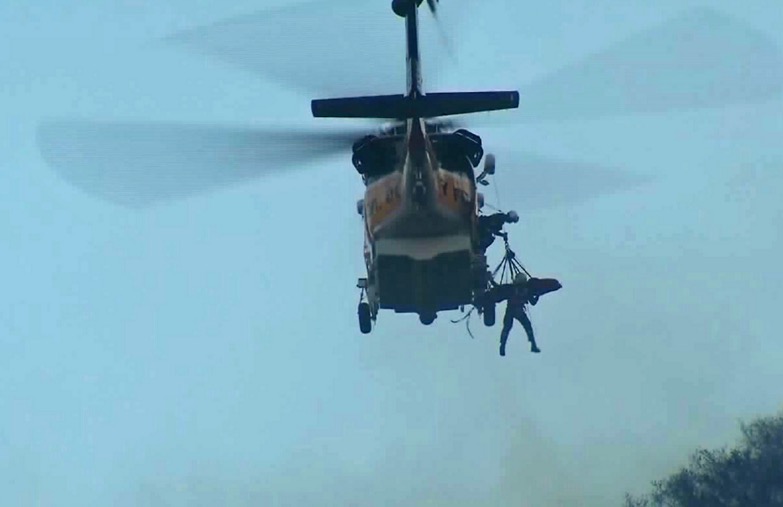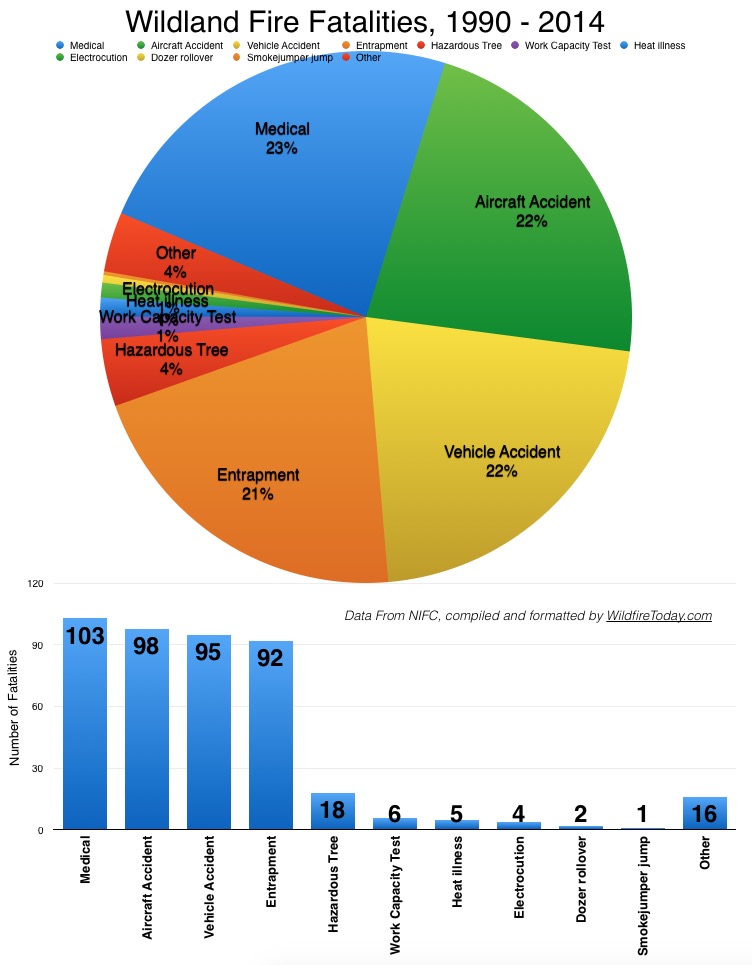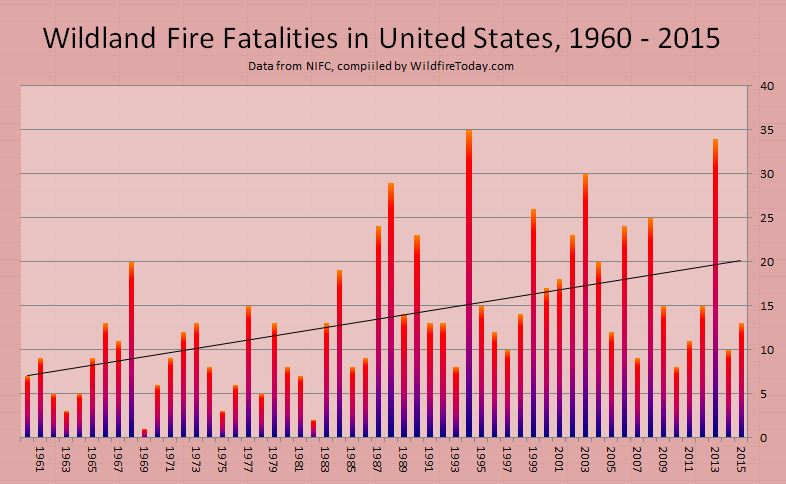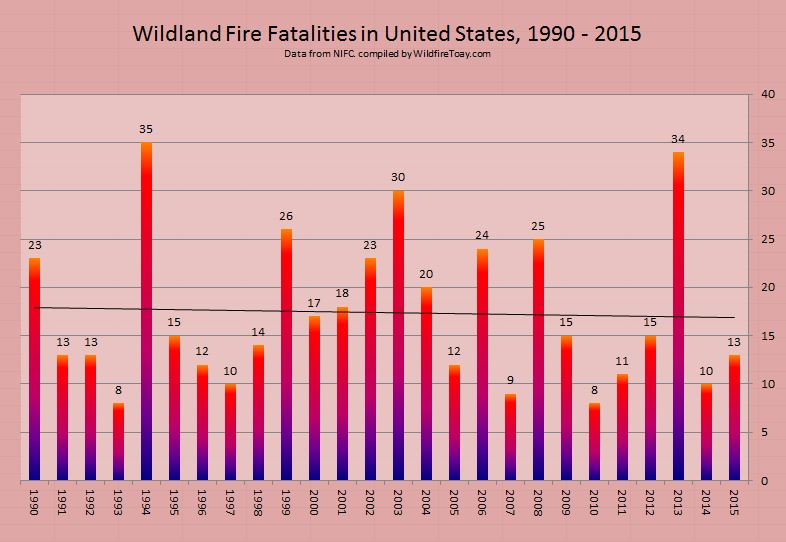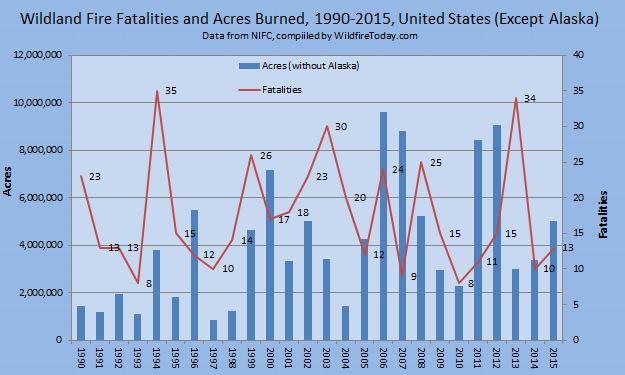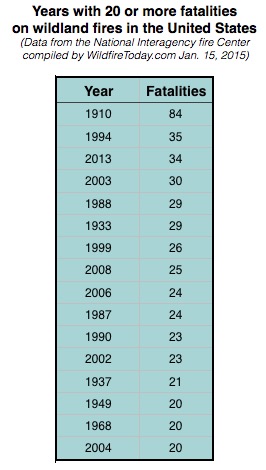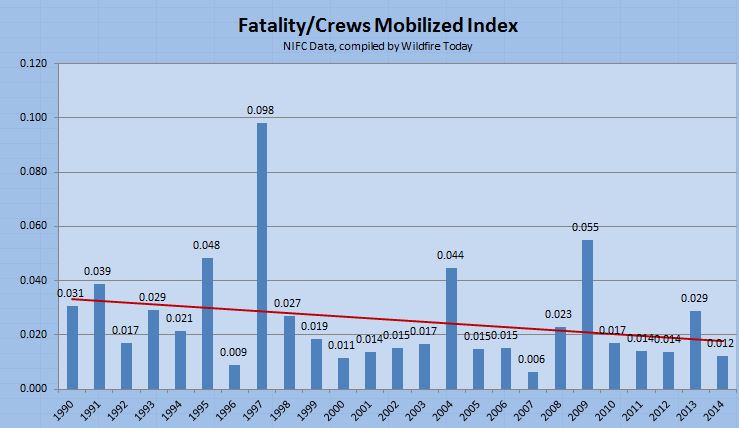Keith Campbell was a forester III in the Forestry Division of the Ministry of Agriculture, Land and Fisheries in Trinidad (map). He became trapped in the fire after a change in wind direction caused the fire to spread rapidly around the firefighters. He died Friday night hours after sustaining third degree burns to 90 percent of his body.

Mr. Campbell and three other injured firefighters were rushed to the hospital where Mr. Campbell was admitted in critical condition. Of the other three, one has been released from the hospital, a second should be released soon, while the third remains hospitalized after suffering severe burns on his stomach and upper leg
Agriculture Minister Clarence Rambharat announced via social media that Mr. Campbell passed away around 11:45 on Friday night.
Mr. Rambharat said Mr. Campbell had received news of his mother’s death shortly before going to battle the blaze on Friday, but had decided to finish work with his team before going home.
Below are excerpts from an article at TriniBuzz:
…Co-worker Kishan Ramcharan, a Forester I, who worked with Campbell in the division since 2003, described the event as “a complete horror.”
He said Campbell remained in the raging fire for close to 30 minutes as he and other workers looked on in tears, unable to help.
Ramcharan said, “I never experienced anything so devastating and terrifying in my life.” He said Campbell was well-experienced in fighting fires and had a wealth of knowledge of fires habits and how fires operated in specific types of terrains.
He said, Keith was more or less on supervision duties but “everyone lends a helping hand in trying to suppress fires.” They arrived on the scene around 1 pm and conducted a fire assessment but decided it was best to wait on the Fire Service.
On realizing the fire had somewhat cooled down, they ventured in “since nothing was burning as much.” It was Campbell who went in first, equipped with full safety gear and a backpack water pump. Ramcharan said he then went in with his fire rake which Campbell advised him to use. Campbell was about 100 meters away and in his sight. Bain was also inside the forest. But as fate would have it, the winds intensified and it was suddenly “a furnace of fire blazing.”
Ramcharan said, “From a distance, the fire was raging from the valley and our drivers on the hills started screaming, get out! get out!”
He used the fire rake to pull himself out of the precipice and when he got to the top, he saw Bain badly burnt and screamed out for Campbell who was trapped. Satram then arrived on the scene and was joined by Carrington and Duprey who attempted to head down and await rescue from the Fire Service and ambulance who arrived ten minutes later.
Ramcharan said, “I was in a state of shock and disbelief. When they finally got to Campbell and I saw him, he was moving his head just a bit.”
He said Campbell was a dynamic human being with a range of skills and one of the best officers he had worked with.
Our sincere condolences go out to the friends, co-workers, and family of Mr. Campbell. And we hope for a speedy recovery for the three injured firefighters.

